

deep insights, facts & figures

South Africa’s new and increasing black middle class is driving demand for home improvement products. So most retailers expect the sector to continue to improve
For many years Africa has been seen purely as a ‘resources’ story attracting significant investment from the likes of China and Russia, with the objective of securing future supplies of critical raw materials. However, rapidly rising income is pushing up the potential for consumption, with a very large emerging consumer base across the whole of the African continent. With incomes growing consistently, the continents emerging middle class is now providing new opportunities for Home Improvement retailers as well as suppliers and manufacturers. Nowhere is that now more obvious than in South Africa where significant growth in the number of middle income families and especially in what is described as the ‘previously disadvantaged’ groups is driving demand for home improvement products. This new and increasing black middle class represents 10 per cent of the black population and almost 23 per cent of the total buying power and they are referred to locally as the “Black Diamonds”. Whilst the rest of the world was experiencing the worst economic downturn in living memory, South Africa emerged relatively unscathed, experiencing only one quarter of negative GDP growth. However, the recession did impact on inward investment and following the euphoria of the World Cup, the construction market slowed and has still not returned to the boom years of the early to mid 2000’s. No significant new companies entered the DIY, home improvement or garden centre retail sector in 2010 or 2011, as growth was slow, discouraging new entrants. The sector also requires significant store space, which in the key geographical locations such as Johannesburg and the Western Cape is very expensive, limiting organic store growth to the larger players in the market. Most retailers and commentators expect the home improvement sector to continue to improve in 2012, as many individuals have now recovered from the recession. With increased discretionary income and with the cost of borrowing likely to fall, they should also find it easier to obtain loans to both improve their homes and move, resulting in the obvious positive impact on the market. Although still a very small percentage, in general, internet retailing in South Africa is becoming an increasingly popular retail channel. South African consumers are slowly beginning to appreciate the importance of internet shopping and the convenience it provides, and this has been influenced by improved accessibility to the web in South Africa…
Related articles
Read also

 Menü
Menü



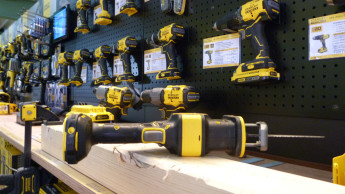
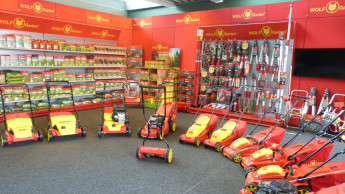
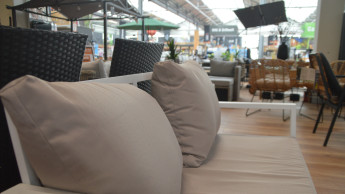




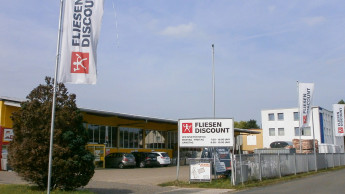
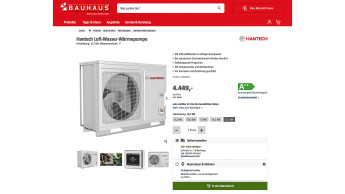
 Newsletter
Newsletter